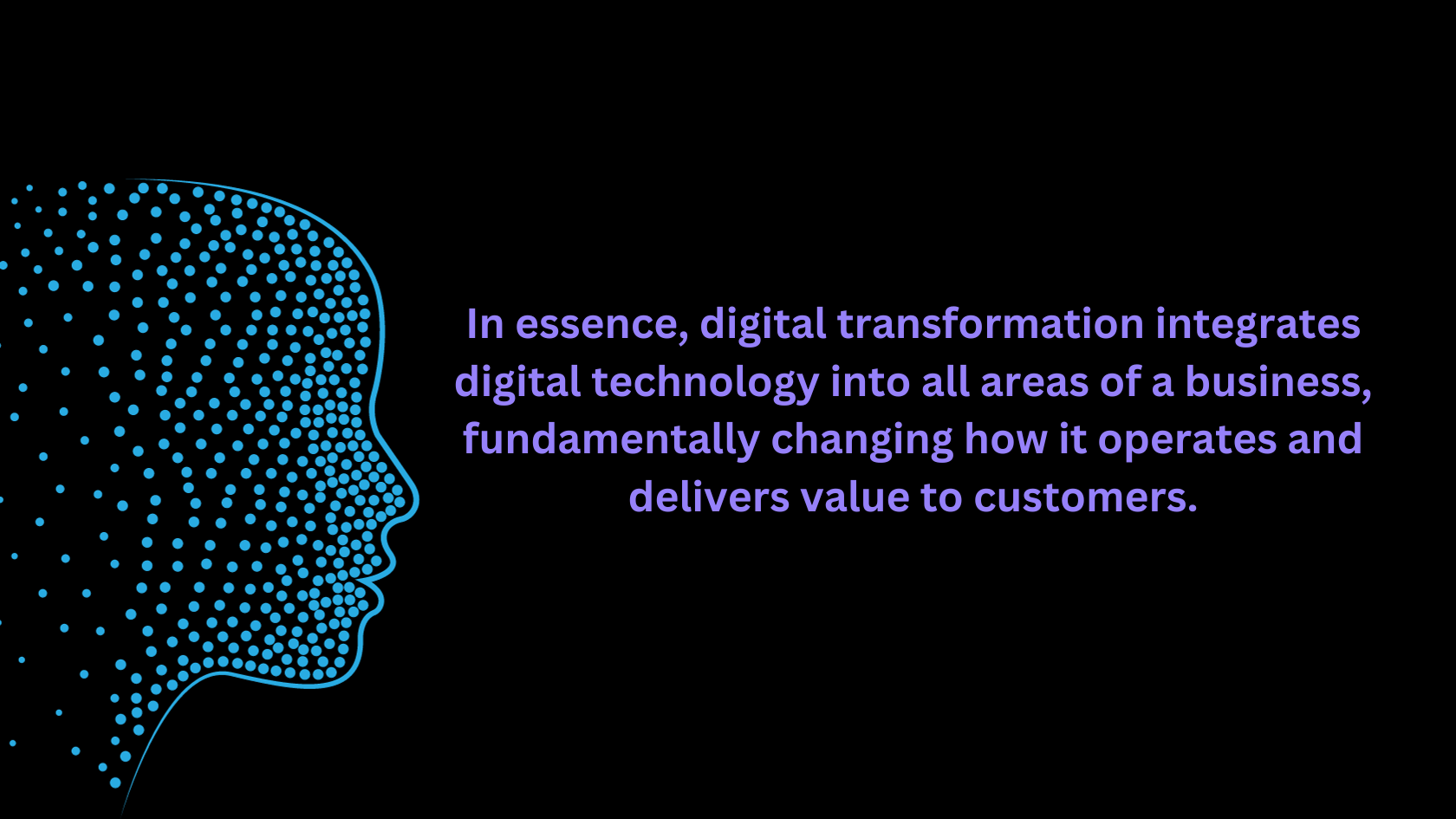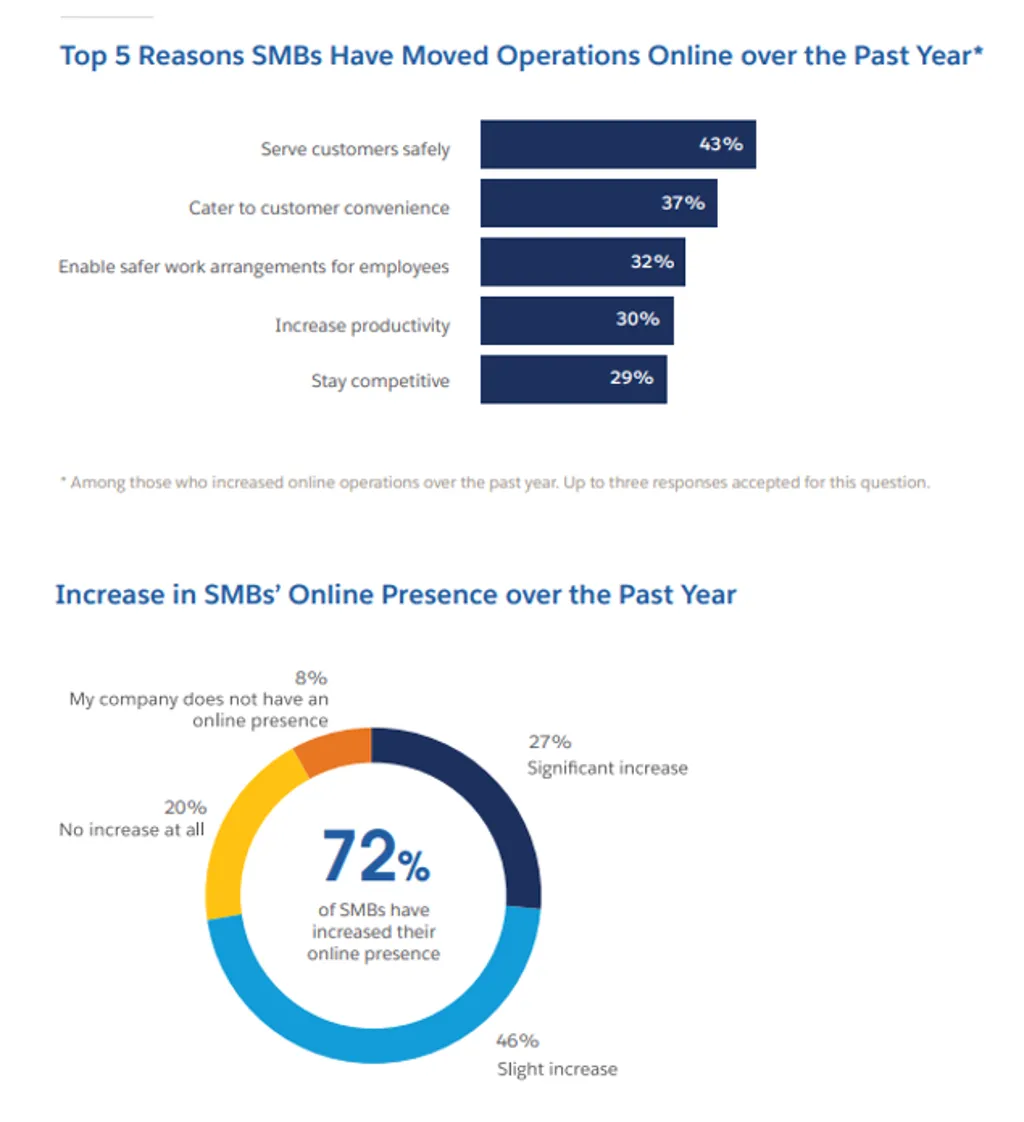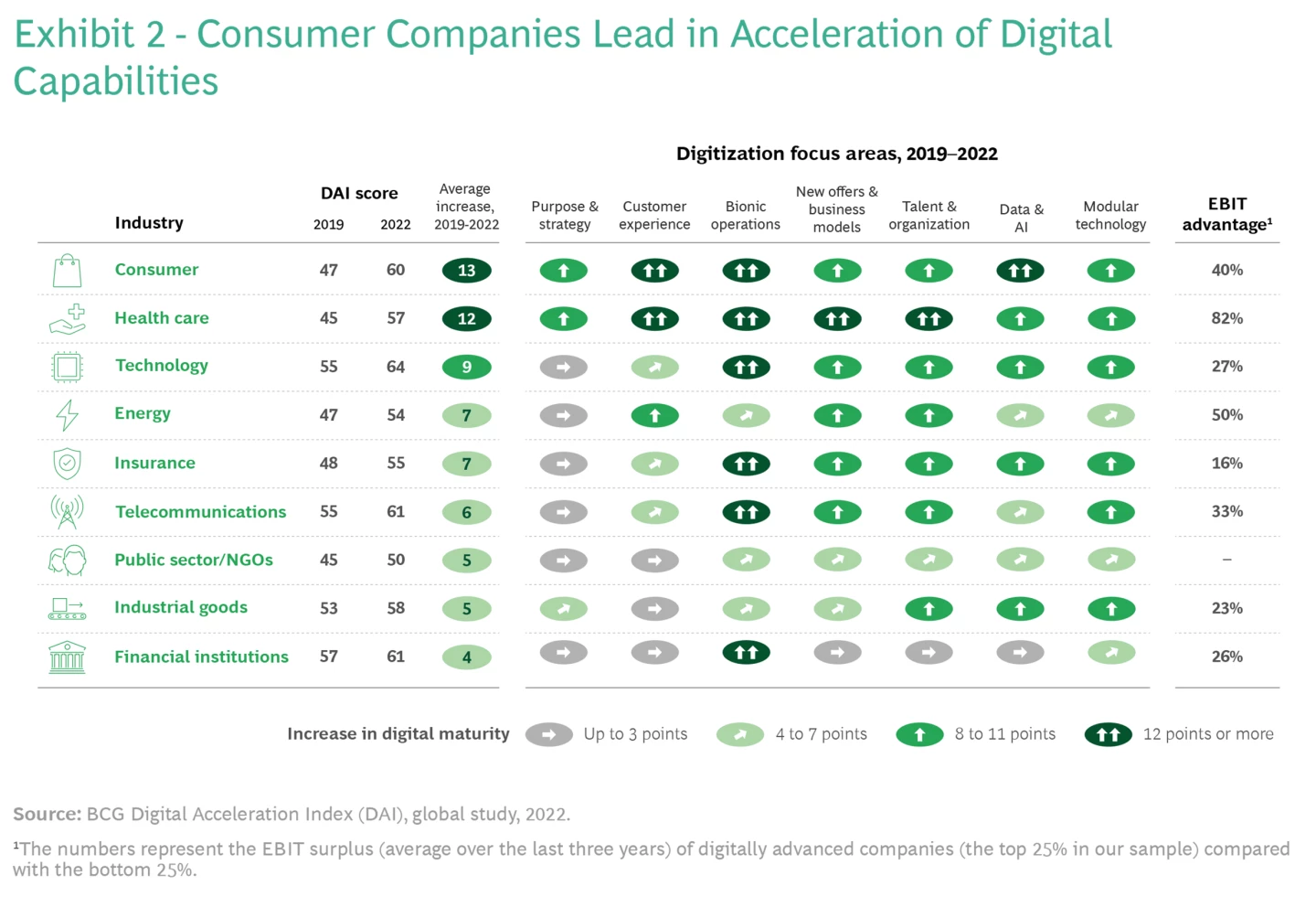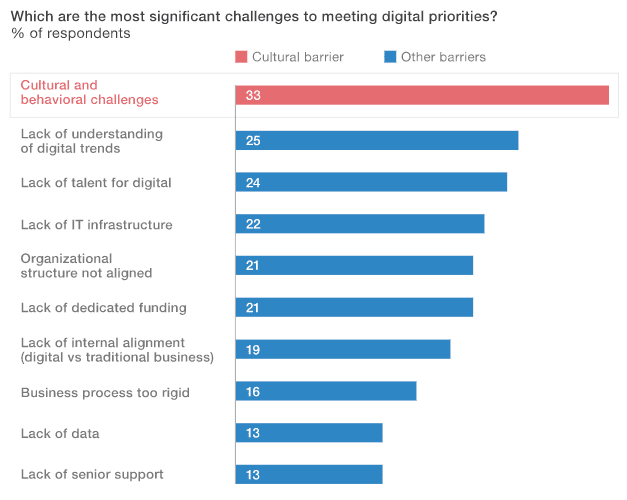Table of Contents:
- Understanding Digital Transformation
- Why Digital Transformation Matters to Small Businesses
- Digital Transformation Strategies for Small Businesses
- Understanding the Barriers to Digital Transformation
- Overcoming Barriers with Sanka
Introduction
In the 21st century, digital transformation has ceased to merely be a buzzword and has become a necessity.
Regardless of the scale, companies living in this digital age need to keep their operations in stride with the rapidly changing technologies.
Specifically, small businesses stand to gain enormously from embracing digital transformation.
So, how exactly can small businesses benefit from digital transformation, and what path should they take to implement it? Read on to find out.
Understanding Digital Transformation
Digital transformation is an umbrella term encompassing the integration of digital technology into all sections of a business.
It alters the fundamental operation and delivery of value to customers and compels businesses to challenge the status quo continually. TechTarget explains this concept comprehensively.
But let's simplify it. For small businesses, digital transformation involves using tools like artificial intelligence (AI), the Internet of Things (IoT), machine learning, cloud computing, and data analytics to create a competitive edge.

Why Digital Transformation Matters to Small Businesses
Increasing Efficiency
By digitizing operations, small businesses can automate repetitive tasks, saving time and resources.
This saves time, reduces human error, and frees up resources for more value-generating tasks.
A McKinsey survey found that digital technologies, particularly social, mobile, analytics, and cloud (SMAC), can automate 20% to 60% of tasks.
Boosting Revenue
Adopting digital solutions can help small businesses expand their market reach, streamline operations, and outpace competitors.
A report by Boston Consulting Group states that small businesses’ digital usage results in 15% faster revenue growth than those who do not embrace digital technologies.
Enhancing Customer Experience
Digital transformation provides small businesses with tools and insights to better understand their customers' needs and preferences.
Implementing digital transformation can help small businesses gather data to offer personalized customer experiences, build customer loyalty, and foster long-term relationships.
Fostering Innovation
Digital transformation encourages small businesses to employ innovative solutions in their approach to product development, customer service, and digital marketing.
Embracing an innovative mindset can elevate a small business above competitors, driving growth and market share.
Enabling Scalability
By leveraging cloud computing and digital infrastructures, small businesses can scale up or down swiftly as needed.
This agility enables them to respond to market fluctuations, reduce operational costs, and capitalize on opportunities.
Empowering Remote Work and Collaboration
Digital tools, such as cloud-based software and communication platforms, enable employees to work remotely and collaborate effectively.
Remote work allows small businesses to access a broader talent pool, reduce office costs, and enhance employee satisfaction.
Strengthening Cybersecurity
As small businesses adopt digital solutions, prioritizing cybersecurity becomes essential.
Investing in robust security measures to detect and mitigate threats safeguards not only the business but also its sensitive customer information.

Source: Small and Medium Business Trends Report, Salesforce 2021
Digital Transformation Strategies for Small Businesses
The digital world is accelerating at an unprecedented pace, and the need for small businesses to adapt is more crucial than ever.
However, knowing the advantages of digital transformation is one thing; effectively implementing it is another.
So, let's explore the process of leading your small business through digital transformation.
Appraise Your Current Standing
Before you can forge a path forward, you need to understand where your business currently stands. Assess your business model, the technologies at your disposal, and how effectively you're utilizing your current resources.
Define Clear Goals
You need to define what you aim to achieve through digital transformation. Keep your objectives SMART - Specific, Measurable, Achievable, Relevant, and Time-Bound.
Create a Digital Transformation Strategy
Next, design a plan that aligns with your objectives. Your strategy should address the technologies needed, the transformation scope, a timeline, and the potential impact on your day-to-day operations.
Foster a Culture of Change
Successful transformation demands a receptive mindset. Encourage your staff to embrace the digital shift, and provide them with necessary training.
Begin With Small Projects
Starting with smaller projects can help you gain practical insight into the process and make necessary adjustments before tackling larger objectives.
Adopting Cloud Computing
Cloud technology hosts myriad apps and software that enhance productivity. It enables data access from any location, supporting remote work—a necessity in today's world.
Implementing Data Analytics
Analyzing customer data can reveal insightful trends and patterns. Uncovering these hidden nuggets of information can greatly influence decision-making and strategy.
Using AI and Machine Learning
AI and machine learning can help small businesses automate processes, analyze data, bolster cybersecurity, and improve customer service.
Enhancing Cybersecurity
Digital transformation necessitates a parallel transformation of cybersecurity strategies. Prioritize cybersecurity as a part of your digital transformation.
As you become more reliant on digital tools and infrastructures, ensuring their safety becomes a paramount concern.

Understanding the Barriers to Digital Transformation
Adapting to digital changes may appear daunting. Several key barriers can impede the successful digital transformation of a small business.
Resistance to Change
One of the most common barriers is the innate resistance to change within an organization.
Employees may be skeptical about new technologies or may fear losing their jobs to automation.
The key to overcoming resistance is to foster an open and inclusive culture that encourages change and innovation.
Regular communication about the goals and benefits of digital transformation and providing ample training opportunities can alleviate anxiety and build confidence in new digital strategies.
Lack of Technical Expertise
Small businesses may not have enough employees with the necessary technology skills.
Outsourcing or hiring new employees could be expensive, especially for companies on a tight budget.
Establishing partnerships with tech firms or investing in upskilling existing employees to ensure they are competent to handle new technologies can bridge this skill gap.
Resource Constraints
Small businesses often operate on limited budgets, and the cost of implementing new technologies can be high.
However, viewing digital transformation as an investment rather than a cost can shift perspectives.
Prioritizing initiatives that will have the most significant impact on the company’s performance and implementing them incrementally can manage costs more effectively.
Inadequate Infrastructure
Lack of modern infrastructure may hinder the process of digital transformation. Old systems may not be compatible with newer technologies, making the transformation process challenging.
Evaluating and updating the existing IT infrastructure to ensure it can adequately support the new digital technology is an essential step.
Cybersecurity Issues
As businesses become more digital, they also become more susceptible to cyber threats. Small businesses may not have robust cybersecurity measures, making them attractive targets for cybercriminals.
Investing in cybersecurity and regularly updating security measures is paramount to protect both the business and its customers.

Source: McKinsey Quarterly
Overcoming Barriers with Sanka
Sanka provides an all-in-one digital transformation platform designed to help businesses overcome these barriers and thrive in the digital era.
Whether you're looking to update your infrastructure, bridge the skill gap with cutting-edge technology, or safely navigate the complexities of digital transformation, Sanka provides the tools and support you need to achieve your goals.
Sanka offers advanced, flexible, and cost-effective solutions equipped to handle a wide range of solutions, including digital transformation, workflow management, CRM, IT cost reduction, iPaaS, and ERP.
Make the future of work a reality with Sanka! Centralize and automate your business workflows with our all-in-one digital transformation platform.
Conclusion
Long story short? Digital transformation is crucial for small businesses thriving in a technologically progressive era.
Regardless of your industry's nature, embarking on a digital transformation journey can bring significant efficiency, improved customer experience, and, consequently, a potential revenue boost.
Successful digital transformation doesn’t have to be overwhelming—it’s about taking small, manageable steps to gradually integrate technology into your business operations to make them smarter, smoother, and future-ready.
Remember, digital transformation isn’t a destination—it’s a journey. And for small businesses, it’s a journey well worth taking.








